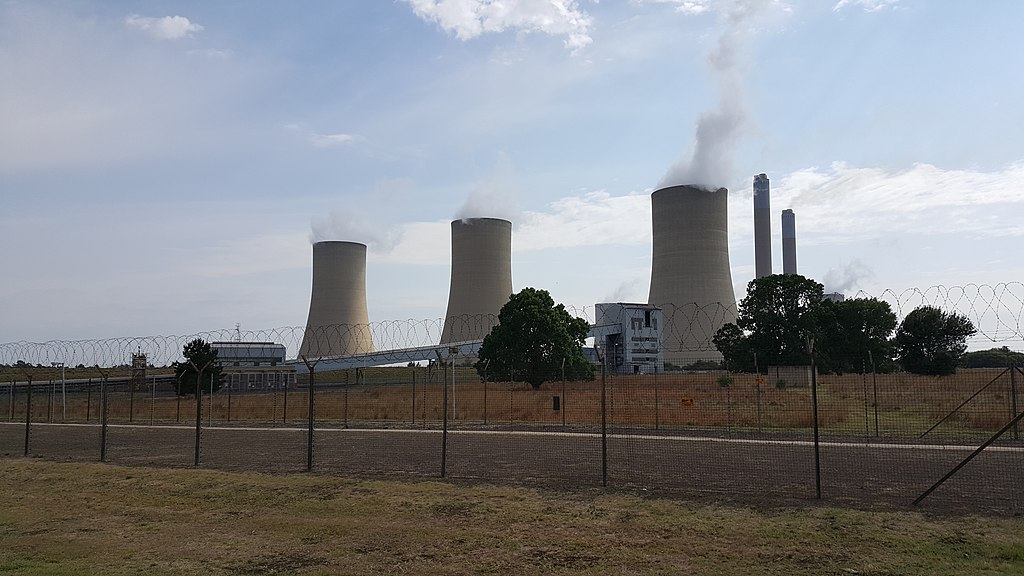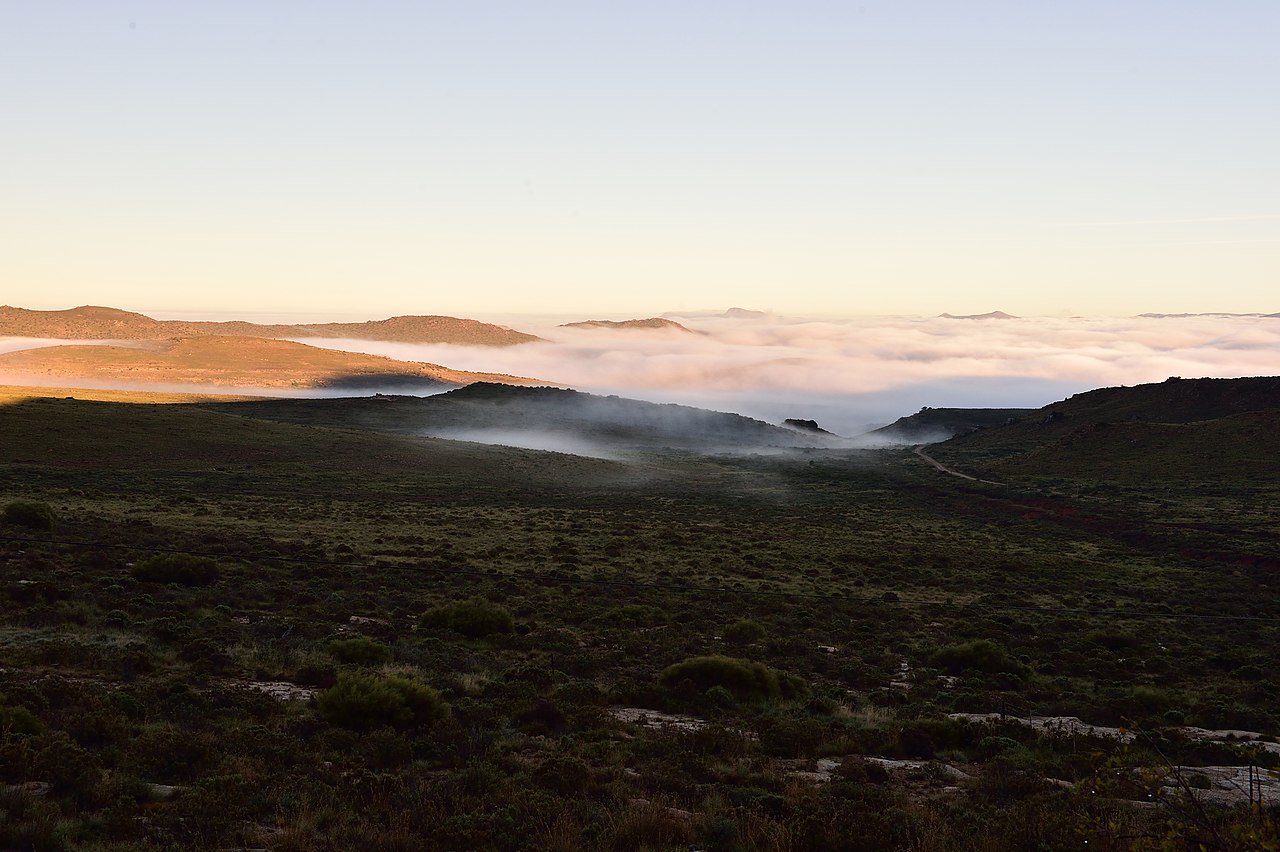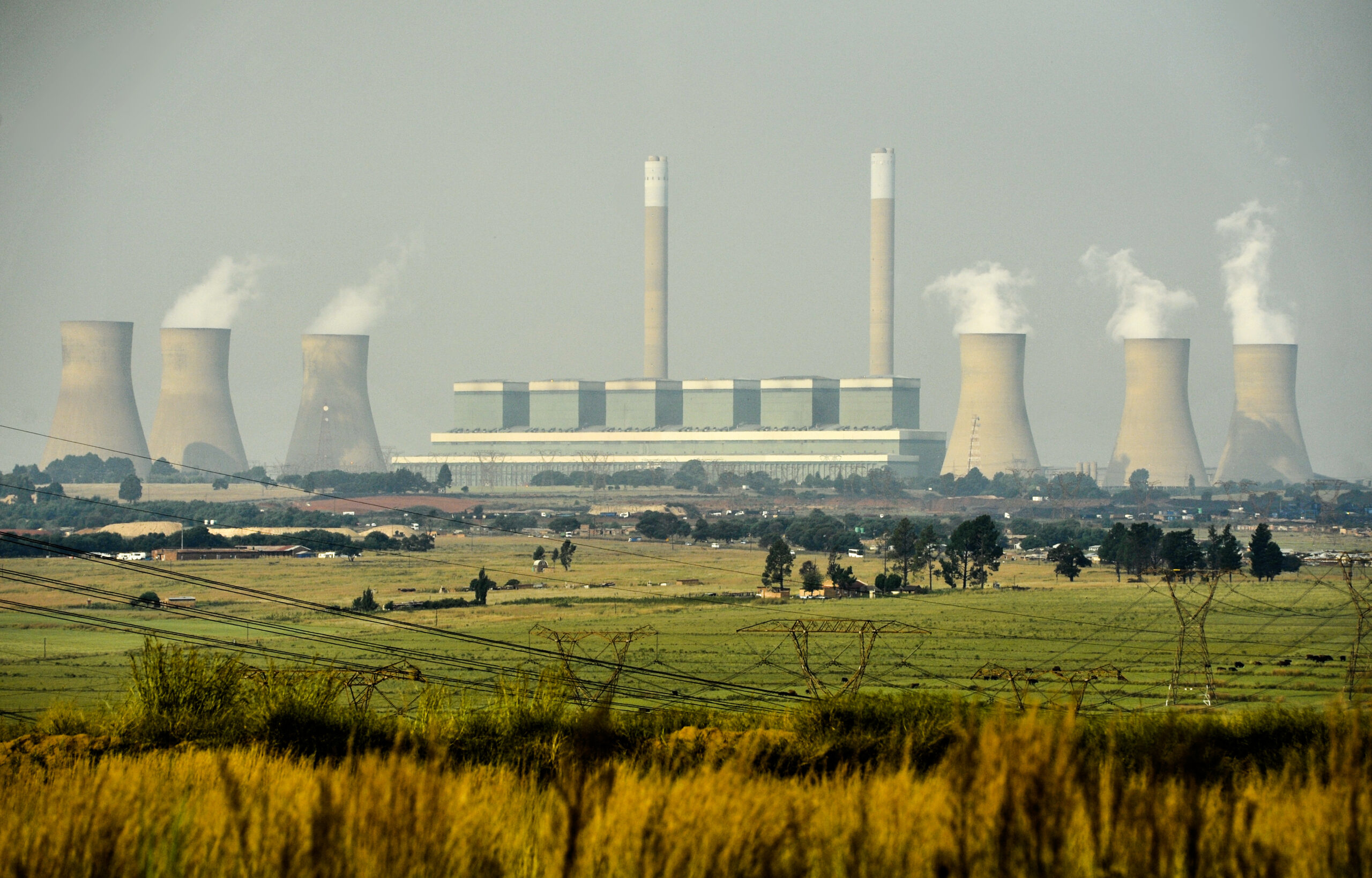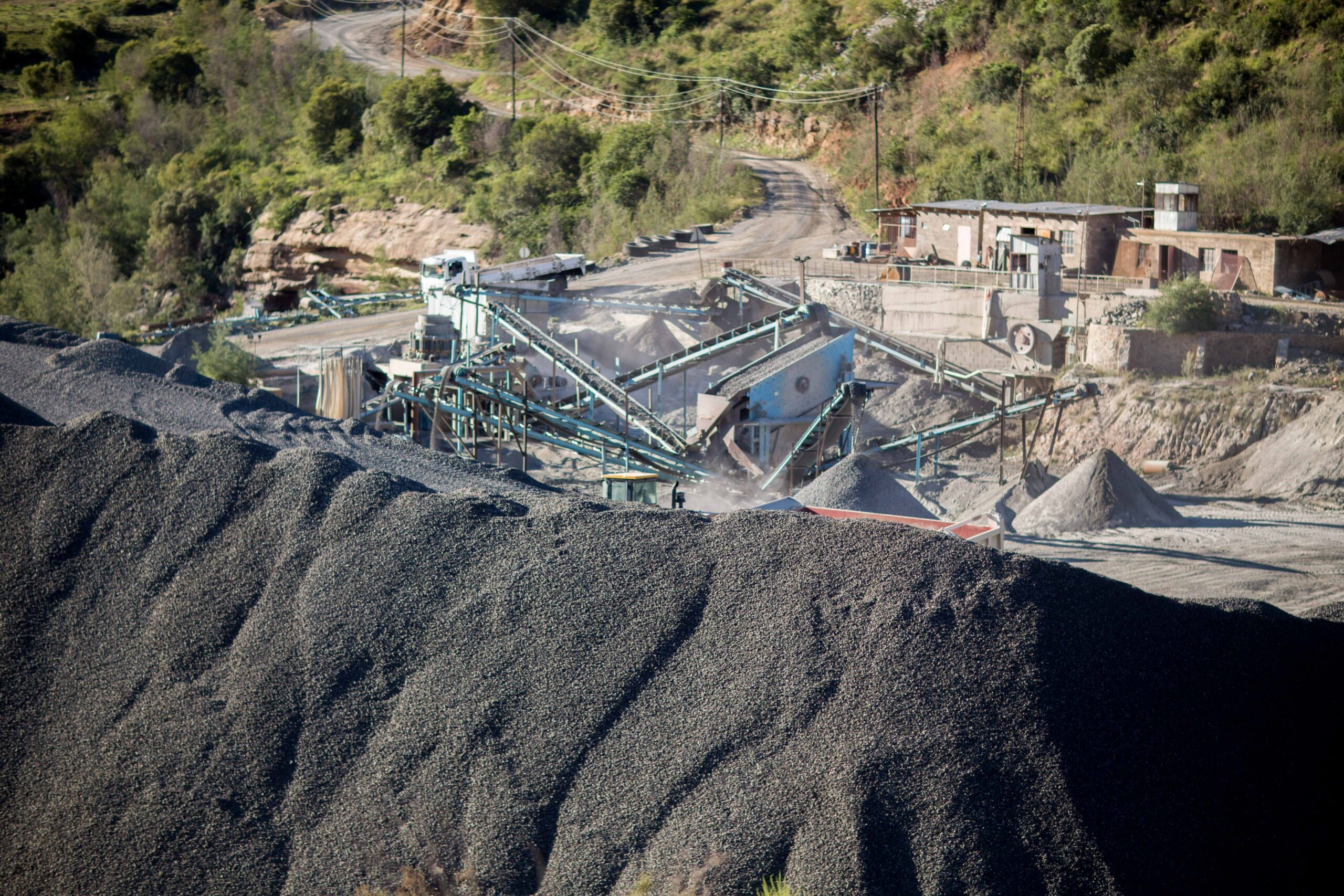Eskom’s foray into renewable energy
Eskom, South Africa’s state-owned electricity provider, is under severe strain. In July 2021, Eskom’s debt stood at about R400 billion. Its coal fleet, which provides the vast majority of South Africa’s electricity, is ageing and has been poorly maintained.
The average age of Eskom’s coal-powered plants is 40 years. Two new mega-power stations, Medupi and Kusile, were supposed to alleviate the strain on Eskom’s grid. But, they are years behind schedule, billions over budget and regularly break down.
Successive Eskom management teams ran the entire coal fleet too hard, far beyond international best practice. They did this without properly maintaining the infrastructure. The result of this was rolling electricity stoppages, known locally as ‘load shedding‘, lasting days at a time. Load shedding will continue well into the future. Eskom’s leadership says that load shedding is instituted to avoid blackouts.
In the first six months of 2021, South Africans had no electricity for 15 per cent of the time. Over 80 per cent of South Africa’s electricity came from coal during that time, while renewables made up just under nine per cent.
Eskom’s chief executive officer, Andre de Ruyter, likened Eskom to a car that does not just need fixing; it needs replacing.
The South African government, which owns Eskom, wants to increase the amount of renewable energy on the country’s grid to over 24,000 MW by 2030. This amounts to around 33.8 per cent of the total grid. This new energy will mostly come from solar and wind.
Experts think that the country could go even further. South Africa could supply 49 per cent of its electricity mix from renewables by 2030 and do so cost-effectively. This is according to a study by the International Renewable Energy Agency.
South Africa’s electricity grid
South Africa has 52.6 gigawatts (GW) of total electricity capacity, according to the Centre for Scientific and Industrial Research.
- Coal: 38.7 GW
- Nuclear: 1.9 GW
- Diesel (open cycle gas turbines): 3.4 GW
- Hydroelectricity: 0.6 GW
- Pumped storage (hydro): 2.7 GW
- Wind: 2.6 GW
- Solar (photovoltaic or rooftop solar): 2.2 GW
- Solar (concentrated solar power): 0.5 GW
- Smaller amounts of coal, wind and solar PV came online in the first six months of 2021: 0.9 GW
Most common renewable energy sources used in South Africa
Solar and wind energy
Eskom’s renewable energy mostly comes from solar and wind, and new developments are on the cards. Eskom is reportedly considering spending R61.75 billion on wind power and R44.25 billion on solar energy by 2030.
Eskom operates the Sere Wind Farm in the Western Cape province, funded by the World Bank and other lenders. It has a generation capacity of 100 MW and became fully operational in 2015.
As part of the same loan agreement, Eskom was supposed to construct a concentrated solar plant. However, this project did not get off the ground, as Eskom could not find suitable bidders for the project in 2015. The loan was then converted to fund battery storage technology instead.
Battery storage
This battery storage project, currently under construction, will see battery energy storage systems installed at eight sites in South Africa.
In addition, in November 2021, the African Development Bank granted Eskom nearly USD $60 million to develop battery storage technology.
Hydro
Eskom, as well as local municipalities, operate a handful of small hydroelectric plants. However, while South Africa uses traditional hydroelectric plants, it is a water-scarce country. This makes large, conventional hydroelectric plants unsuitable for the landscape.
Therefore, South Africa’s primary source of hydroelectricity comes from its two pumped storage facilities. These facilities can start up in only a few minutes and provide cheaper electricity than coal. But, they do not generate power for long periods of time. Therefore, they are not a suitable source for baseload energy in South Africa.
Geothermal energy
South Africa currently does not use geothermal energy, nor does it intend to in the future, according to its most recent 2019 energy plan. But, in 2019, scientists discovered that South Africa sits on an unusually hot plume of mantle. This could be used to generate geothermal energy. It also explains why the temperature beneath South Africa’s surface is so hot, scientists say.
However, earlier studies showed that geothermal energy was too expensive to develop in South Africa. There is little publicly available information from the South African government on the viability of geothermal energy in 2021.
Private bidders
South Africa’s energy department allows private bidders to construct renewable energy projects and connect them to the national grid. This project is called the Renewable Energy Independent Power Producers Programme (REIPPP). Under this programme, private renewable power producers bid to construct renewable energy infrastructure, which is added to the grid.
While Eskom ultimately connects this energy to the grid, it is not the custodian of the project. The Department has hosted five rounds of bidding so far. The Department announced the winning bidders for the fifth round of bidding at the end of October 2021. As per these bids, private renewable energy companies will add 1608 MW of wind power to the grid. Private bidders will also add 975 MW of solar power to the grid once the projects are built.
Eskom’s partnership with businesses to promote renewable energy
In September 2021, Eskom launched a pilot project to help businesses use more renewable energy. This comes as increasingly more corporates are under pressure to go green. Eskom will now allow its business customers to buy renewable energy from Eskom without having to own their own renewable energy sources.
This allows businesses to relocate, should they need to, without having to move renewable energy infrastructure with them.
The renewable energy will come from Eskom’s renewable energy plants, such as the Sere Wind Farm and its hydropower plants. Businesses participating will have the option to choose what percentage of their power supply comes from renewable sources.
The pilot programme will run until March 31, 2023. Eskom will then decide whether to make the programme permanent.
Why Eskom should turn to renewable energy
South Africa’s electricity system has the highest emissions per unit of supply among G20 countries. But, its nationally determined contributions are “Insufficient” to keep warming under 2°C above pre-industrial levels. As a signatory to the Paris Agreement, South Africa must keep its emissions in line with the global aims of limiting global warming below 1.5°C. To do this, South Africa must reduce its emissions to net zero by 2050.
This means South Africa must not approve any new oil and gas fields, or coal mines. This is according to the International Energy Agency’s Net Zero report.
Eskom has a net zero plan to move away from coal and towards gas and renewables. It involves investing in renewable projects and gas worth 8,017 MW. About half of this will be gas, which South Africa considers to be an important part of its plan to transition away from coal.

Gas is not a renewable energy source
However, gas is not a renewable source of energy, nor is it an appropriate transition fuel. It is true that gas produces fewer carbon emissions than coal when burned. However, methane, the main component of gas, traps up to 86 times more heat over 20 years. As such, it can drive up temperatures quickly in the short term.
Gas is not a viable option for South Africa economically either. Gas-fired facilities risk becoming stranded assets, as financiers turn their attention away from the fossil fuel, just as they have done with coal.
Renewables-plus-storage will be the cheaper, reliable, low-carbon alternative to gas power plants in South Africa in the future. This is according to a Meridian Economics study.
South Africa and gas reserves
South Africa also does not have a reliable, domestic source of gas. Therefore, the government wants to create a regional gas market by developing its domestic gas fields in the ecologically-sensitive Karoo. It also wants to explore offshore gas in the Southern Cape. It also intends to increase its imported liquefied natural gas supply from Mozambique and other international sources.
However, South Africa’s lack of gas infrastructure poses a risk. The country is only likely to be ready to develop offshore gas in five years. It plans to build over 3,000 kilometres of gas piping for importing gas by 2030.
South Africa also plans to invest in liquefied natural gas import terminals with an annual capacity of one million tonnes. But, South Africa’s energy crisis is urgent, and this gas infrastructure will not be ready in the near future. South Africa’s gas investment is also likely to be uneconomical. Many gas-fired power plants will be more expensive to run than new wind and solar farms by 2035, a 2019 study found.
On the other hand, renewable energy and battery storage costs are declining exponentially compared to coal and gas power.

Eskom’s coal reliance is unlawful
There are also legal consequences of Eskom’s reliance on coal. Every day, Eskom breaks the law because it simply cannot comply.
South Africa has legislation governing the greenhouse gas emissions of power stations and other industrial emitters. To comply, Eskom would have to shut down 18 GW of capacity by 2025 and 32 GW by 2030, Eskom’s De Ruyter said. Eskom will also need R300 billion to install emissions reduction technology at its coal plants.
This means that Eskom would need to shut down nearly its entire electricity grid to meet legal emissions requirements. This is obviously not possible.
Eskom’s opportunity to embrace renewable energy
But, if Eskom pivots to more renewable energy technologies and away from coal, its situation could drastically improve. Even Eskom’s leadership recognises the need for Eskom to move away from coal. De Ruyter said that Eskom needs to pivot to renewable energy.
South Africa is perfectly positioned to become a world leader in renewable energy. It has an abundance of large, open spaces available to construct solar and wind plants. South Africa has about 2,500 hours of sunshine a year and high radiation levels. This makes it ideal for solar power. It also has an estimated wind power potential of 6,700 GW.
In addition to solving its energy crisis, South Africa can tackle its triple challenge of poverty, unemployment and inequality by transitioning to renewable energy. This is according to Dr Hany Besada of the Wits University School of Governance.
Eskom should transition away from coal
Eskom plans to decommission ten coal power stations between 2040 and 2050. Prior to that, 12 GW of coal power capacity will be decommissioned by 2030. Eskom envisages repurposing some or all of these power stations to either renewable or gas facilities. One of these stations will become the pilot site for such a refurbishment.
Funding Eskom’s transition
In October 2021, the South African government and a consortium of countries from the Global North announced a climate transition financing partnership worth USD $8.5 billion. This took place at the beginning of COP26. The consortium consists of the UK, US, France, Germany and the European Union.
This significant deal aims to help South Africa transition away from coal by providing a range of loans and concessional finance agreements. The parties had not made the details of this deal clear by the end of November 2021. But, some elements are known.
Under the deal, a solution could be found to help Eskom solve its enormous debt problem. This will free it up to invest in more renewable energy sources. South Africa will also use the financing to secure a just transition away from fuel. This means investing in communities affected by coal power station closures. This includes some 80,000 coal miners. The financing could be used to cushion them against the effects of the transition. The financing will also fund the development of electric cars and green hydrogen.
It is a significant step towards helping Eskom move away from its reliance on coal and, in turn, helping South Africa to do the same.
Related Articles
Eskom: Green energy saves water
Generating electricity from fossil fuels has a hidden cost: South Africa’s already scarce supply of fresh water.
The false promise of ‘clean’ coal in South Africa
Even using the cleanest technology available, coal’s severe environmental, health and climate consequences remain unavoidable.




